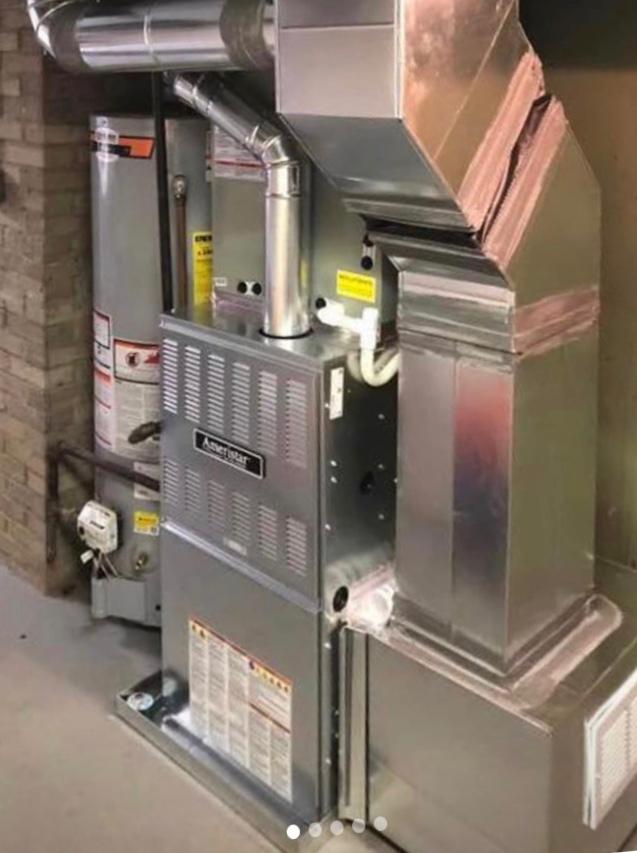The Ultimate Guide to Heater Setup for a Cozy Home
Furnace setup is a crucial aspect of maintaining a comfortable home atmosphere, especially throughout the colder months. As you take into consideration these elements, the inquiry remains: what steps can you take to ensure your furnace serves you well for years to come?
Kinds Of Furnaces

Gas heating systems are one of the most common option because of their performance and lower functional costs. They use gas or propane, offering fast heating and regular performance, making them excellent for chillier climates.
Electric furnaces, while normally much easier to install and maintain, tend to have greater operational prices. They are frequently favored in locations where gas service is unavailable or for homes with existing electrical facilities.
Oil furnaces, though much less typical today, continue to be a practical alternative in specific areas. They burn home heating oil, which can be beneficial throughout colder months, however their reliance on oil shipment presents possible obstacles.
In addition, there are high-efficiency models available across these types, which can considerably decrease power consumption and utility bills - furnace installation. Eventually, recognizing these furnace types will aid homeowners select a system that straightens with their home heating requires, budget, and energy choices
Picking the Right Size
Picking the appropriate dimension for a furnace is vital to ensuring optimal efficiency and energy efficiency. An undersized heating system will certainly battle to keep comfy temperature levels throughout the cool months, bring about raised damage, greater power costs, and prospective system failure. On the other hand, a large heater might cycle on and off too often, resulting in ineffective heating and uneven temperature circulation within the home.
To identify the correct heating system size, a computation referred to as the Handbook J load computation should be done. This process examines numerous elements, consisting of the square footage of the home, insulation degrees, home window sizes, and regional environment conditions. This detailed analysis makes sure that the furnace satisfies the details heating needs of the space.

Installment Process Summary
In terms of products, you will certainly need ductwork, insulation, and sealing tape to ensure ideal airflow and energy performance - furnace installation. It is additionally vital to have a brand-new heating system filter accessible, in addition to airing vent products, such as PVC pipeline or metal flue, relying on the kind of furnace being set up
Safety tools, consisting of gloves, goggles, and a face mask, is likewise crucial to secure versus dirt and debris throughout installation. Having all these devices and materials readily available not just streamlines the procedure but also boosts the safety and security and efficiency of the furnace setup.
Upkeep Tips for Longevity
To ensure the longevity of your furnace, it is crucial to execute a normal upkeep routine that attends to crucial elements of the system. Start by replacing or cleaning up the air filter every one to 3 months, as a clogged filter official site can limit airflow and lower effectiveness. Additionally, evaluate and clean up the blower assembly to avoid dust accumulation that can hinder performance.
Following, check the thermostat settings and recalibrate if needed to make sure exact temperature level regulation. Inspect the ductwork for leakages or clogs, as this can bring about energy loss and irregular heating. Routinely lubricate the motor and bearings according to the producer's referrals to decrease deterioration.
Professional assessments must happen annually, where a certified service technician can assess the heater's overall condition, look for gas leakages, and make certain that security features are operating properly. Finally, think about mounting a programmable thermostat to optimize power usage and preserve regular home temperatures. By embracing these upkeep practices, you can enhance your furnace's performance, prolong its life-span, and eventually enjoy a comfortable and comfy home environment.
Final Thought
